To improve sanitation in rural India, we’re not just building toilets — we’re also changing people’s attitudes about using them.
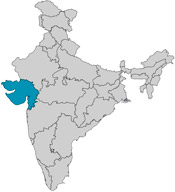
There is, and has been for generations, a dire sanitation situation in India. Per the 2011 census, nearly 70% of rural Indian households and 13% of urban Indian households defecate in the open — a practice that poses a huge health hazard for all members of the population.
According to a 2016 article in the Journal of Clinical and Diagnostic Research, open defecation is a major cause of fatal diarrhea in children under age five and a contributor to stunted growth and malnutrition. The problem goes beyond health issues as authorities “have admitted that 95% of all rapes in India occur when girls go out alone in secluded places to urinate or defecate” — and thus, “a direct correlation between crime and open defecation seems to exist.”
The obvious solution, or so it seems, is to provide more toilets to more families in more villages. Yet, it’s not that simple. As the Washington Post reported in 2015: “Building toilets is the easy part. Getting people to use them is the real challenge.”
That’s because in India, many people actually prefer open defecation and are reluctant (or flat-out refuse) to use toilets. Many believe “going” out in the open is healthier for the mind and body. Some men believe using a toilet is an effeminate activity, and still others fear the eventual task of emptying a pit latrine — an act long-associated with lowly or “untouchable” members of society.
Because of these persisting (and erroneous) mindsets, the real challenge of eliminating open defecation hinges on the ability to change people’s attitudes. This is the driving philosophy behind our Nirmal Village Program, which was created to provide people in rural India not just with toilets, but also with comprehensive education about sanitation and hygiene.
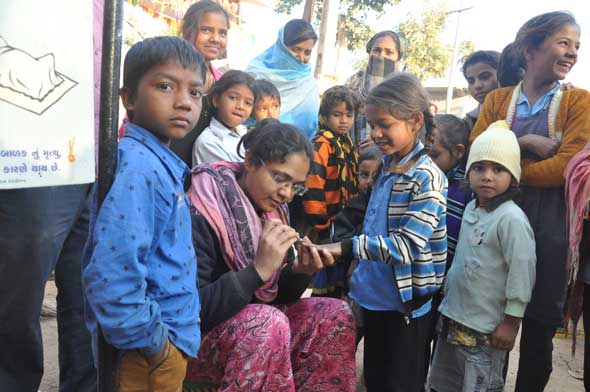
To accomplish this, we’ve been working with an incredible NGO, the Environmental Sanitation Institute, in several villages in the state of Gujarat. ESI operates with a holistic, ground-up approach — meaning that its workers (known as trainers) collaborate with local residents to emphasize interactive, practical learning. ESI’s teaching methodology is based on the Gandhian values of sustainable development and eliminating the caste-based concept of untouchability.
Providing Rural Villages With Tailored Sanitation Solutions
The trainers begin by building relationships with villagers and tailoring educational programs to children, men, and women individually. These programs may take place at schools, healthcare centers, or at other local gatherings, depending on the village’s distinct customs. ESI also utilizes the Nandini Van, or as they refer to it, “Sanitation on Wheels,” which travels to each village and contains resources to drive awareness about hand-washing and other sanitary practices.
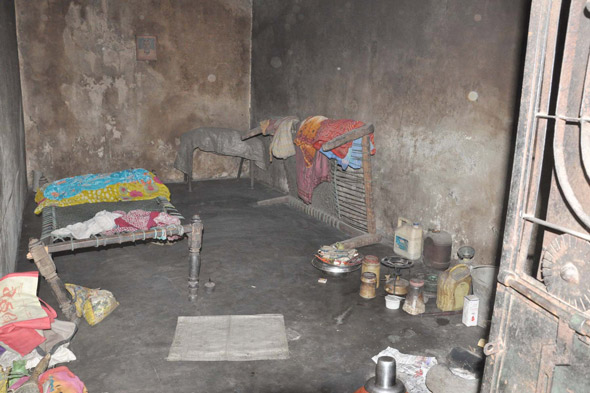
Above: Pasi ben was unable to walk properly due to physical weakness and severe joint pain, so when she couldn’t get help from her neighbors, she was forced to live in unsanitary conditions. Below: ESI works with the poorest of the poor, and Pasi ben was selected to receive an indoor toilet and sanitation and hygiene education, as well as follow-ups on her progress. Today, Pasi ben is able to live in a clean environment.
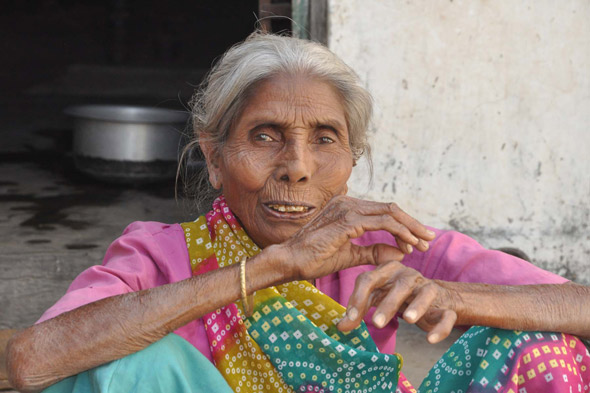
And of course, they build toilets too! Families are provided with two-pit pour-flush toilets, which are sustainable latrines that use minimal water and are easy to maintain, and are no-odor. Local residents are included in the construction process and are also taught how to properly maintain the toilets. The goal? To cultivate throughout the community a true sense of ownership and pride in their new sanitation equipment.
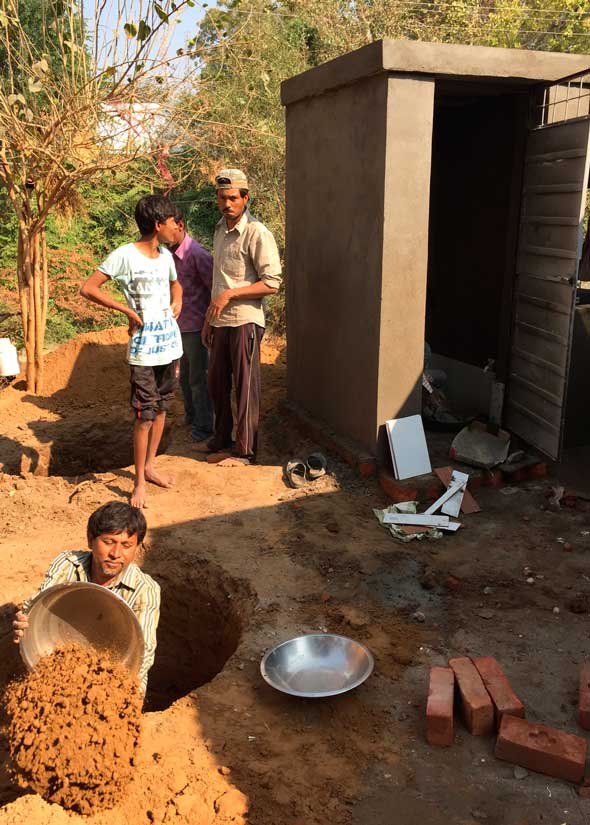
Each toilet costs $330 per family, and there’s a $130 gap (or nearly two months of earnings for most rural villagers) between the available funds per toilet provided through the Indian government, and the total cost. Working with ESI, we’re able to locate the most dire cases of poverty and isolation and bring toilets — and sanitation & hygiene education — to the most marginalized members of rural India’s villages.
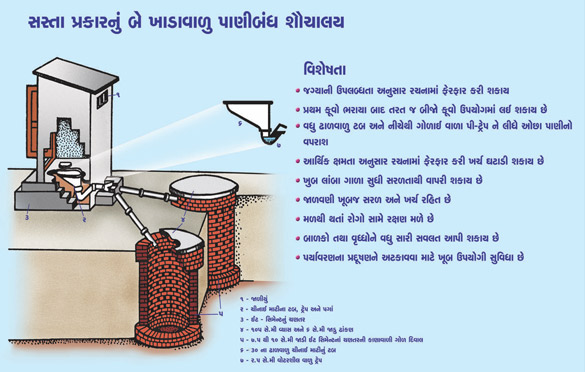
In 2016 we successfully built toilets for 770 families. Our goal for 2017 is to provide 1,000 families with toilets, targeted education, and community awareness programs.
With your help, it is possible for us to reach our goal of bringing more toilets and life-saving education to rural India. Click below to contribute now.

